Content marketing involves online interaction with your customers and prospects, usually via social networking, an online shop, or a well placed marketing strategy.
But, what if your business sells products offline – Can crafting content lift your sales?
I can understand the skepticism that traditional brick and mortar businesses show towards shelling out dollars online. What I want to show you in this article, though, is that content marketing works for all kinds of business owners whether they are online or offline. And, the correct way to do it.
See, content marketing is all about leveraging storytelling to build a relationship with your audience, this is also true of traditional marketing. It was around long before the content marketing rage started. Heck, it’s been around even before the term ‘internet’ was coined.
A great example is comic books. Marvel has been selling comic books since the 1960s. And, they continue to have a 30% market share in their niche.
Blogs and social networks are convenient mediums for businesses to currently run their content marketing campaigns. Enough of the sweet talk about content marketing. Let me show you some results that offline brick and mortar stores and business owners have achieved through their digital marketing content…
Marcus Sheridan’s pool company is a great example of content marketing. He started a blog and built up his online presence, just to answer questions from his current and potential customers. Now, his pool company gets more traffic than any other pool company in the world.
Indeed, it helped his company recover from the recession in 2008.
After having tremendous success with content marketing, Marcus incorporated another income stream into his company. He started providing social media marketing coaching to other business owners as an inbound marketing technique.
If you’re confused about what to write on your blog, then the above example is a great starting point that will work for all types of business owners both online and offline.
Go beyond social media: Start a blog to answer your customer’s most pressing questions and build an email list
Most local online and offline businesses think that online marketing equates to creating your own social network accounts and regularly sending out solely promotional updates as the bulk of their marketing strategy. Here is an example of such a salesy post seen on Facebook.
And, here’s an example of an overly promotional Twitter feed.
If you consistently pitch your products on social networks, you’ll fail to engage your prospects. An increase in the volume of such promotional posts has led to a decline in the organic reach of pages on social platforms. It’s important to take an approach more geared towards inbound marketing if you want to win over potential customers.
Self-promotion can work on your social network, when you add value, but striking a balance is essential. TA McCann introduced the 5-3-2 ratio for social sharing.
You don’t need to strictly abide by this ratio in content marketing, but ensure that you aren’t making incessant sales pitches on your social networks. Studio 40 created a flowchart that you can use to judge whether or not you should add a post to your social media queue.
Do you want to get away with posting only your own stuff?
Buffer’s social media feeds contain 90% (or even more) of their own content.
They get away with self-promotion because they share incredibly valuable and insightful blog posts that match the inbound marketing ethos. And, they consistently engage with their followers.
You need to follow their lead – start a blog and craft insightful content that educates and informs your audience. You’ll most likely see an increase in leads within 2-4 months of initially publishing.
Let me share a couple examples of brands that are rocking content marketing.
1. The first example is Payson Petroleum. It’s a small company that provides investment news and opportunities to individual investors. They share amusing and informing content about their industry on their blog.
And, they even use insightful eBooks as lead magnets.
They also have mobile device apps on both Android and iOS platforms. And, they have created video content for their YouTube channel as well. This is a multifaceted approach to digital marketing.
2. The second example is Marcus’s company that I talked about at the start – River Pools.
They call their blog the ‘Most Educational Swimming Pool Blog in the Country!’ Indeed, I think they are the most promising swimming pool supplier globally.
Ahrefs shows that their website has 23,990 keywords in the top 20 positions. And, most of them are linked to blog posts and other educational content.
One of their most effective traffic roping content tactics is detailing the prices around their products. For example, look at their In ground pool operating cost guide. It’s an incredibly valuable content piece, with a video and a step-by-step breakdown of costs and charts. This is sure to catch the attention of any potential customer.
They also published a similar content piece, titled “How much does a fibreglass pool cost?”
Can you guess the amount of money that this post generated for them?
The post is a great example of an award winning marketing effort – how to write self-promoting posts that generate money.
Marcus found that an average website visitor to the River Pools and Spa reads 30+ pages before he completes the content form. So, they continue producing educational posts to encourage that inbound marketing technique today.
While I always advocate writing insightful textual content, in some niches you’ll need videos to effectively elucidate your concepts and provide context. The good news is that videos are loved by people and they aren’t typically skimmed if you show interesting content. Video content also works well on mobile devices where people are less inclined to scroll through lengthy articles.
A great video content producer is Blendtec. Their product isn’t the sexiest, but they prove how they produce the world’s strongest blenders in their “Will It Blend?” video series. Due to their engaging and entertaining nature, most of their videos end up getting millions of views and are often shared on social networks and across mobile devices.
If you want to create stellar content that generates traffic and takes social network platforms by storm, then start by understanding your audience. You can plug industry keywords into the Google keyword planner and find their long-tail variations using Ubersuggest or Keywordtool.io.
I would also advise you to further dig into Reddit, to check the exact words used by your audience, you can then plug these into your content marketing plan.
And, find the number of searches of that exact term by plugging them into the Keyword Planner.
You’ll find discussions on Reddit around almost all industries. Here are the search results of discussions regarding waste management.
If you jump into a particular thread, you’ll get relevant content creation ideas for your audience, which makes for great inbound marketing success.
Additionally, you can also plug in your industry keywords into Buzzsumo and find the most popular content in your niche. Here are the results for ‘business waste management’.
If your industry does not offer interesting content creation opportunities, then think of horizontally related niches. Mike Bonadio was once working with a client in the bug control industry who needed to boost their online presence.
He brainstormed ways in which he could increase their marketing strategy and crafted a creative infographic on “how bugs can help you defeat garden pests.” It ended up getting picked up by major blogs and shared on their social network.
And, he was able to land hundreds of links from 60+ referring domains through the infographic.
Become a go-to resource for local information in your geography
Besides crafting content around your products, your audience will likely also like local info about their cities . If you’re a local business, then geographic content is a great way to attract leads and to simultaneously improve your search engine optimization results. This also work well for digital marketing as local information often gets checked on mobile devices when potential customers are on the go.
Craft BuzzFeed-style content – A great example of a blog that has achieved great success with local content is the real estate company – Movoto. They create quirky listicles about localities that gain great local traction on the popular social networks.
For instance, the following article on Boise stereotypes earned upwards of 60k Facebook shares.
They have quickly grown the number of visits that they get, after optimizing their content and learning what works (from viral blog UpWorthy).
You can also create funny video content on pronunciation and food taste, again these work great on mobile devices.
A good place to research local content demand is Ahrefs content explorer. Here are the results, when you plug the keyword “Austin real estate”. You can find the popular content pieces and craft an improved version of the content.
You can also plug geo-modified keywords from your niche in Google Keyword Planner and extract their traffic volumes. It’s a good way to gauge demand and plan your digital marketing around it.
Pro Tip: If you’re only getting started with local content marketing, then don’t publish content on your own blog. Rather try to find local blogs with high domain authority and guest blog. They will help your website’s search engine optimization and bring direct referral traffic.
You can find guest posting opportunities in your locality by using the following search operators:
- Your locality + “guest blog”
- Your locality + “submit a post”
- [your locality inurl:guest post]
- [guest contributor inurl:your locality]
Share your customer success stories – You can also create video case studies with your previous or current customers. This will touch upon the pain points of your target audience and establish your credibility both online and offline.
A great example is Dr Jeffrey Donaldson – a plastic and reconstructive surgeon running a mortar store in Columbus, Ohio. He posts video reviews and patient selfies on his website. They are a hit with his audience and even the new patients are curious, asking if their photos can go up on the website and be shared on their social networks.
Offer special discounts online – You can also offer coupons to your customers that can be redeemed at your offline store and even in your online retail shop. That’s a good way to increase turnout and forge better relationships. This is a great example of blending traditional marketing ideas with email marketing and digital marketing.
White Bear Lake residents, for example, get a $50 discount coupon for landscaping with Palumbo Landscaping.
Partner with local businesses – You can partner with brands and local businesses to cross-promote your services. A great example is the Starbucks Digital Network.
It’s a partnership between Starbucks and Yahoo to deliver premium content across various channels, including news, entertainment, wellness, business and careers and neighborhood.
By providing free wi-fi and hyper-local news, Starbucks tapped into local caffeine-loving clientele. And, it has become one of the world’s most popular social media consumer brands which adapts well to mobile devices.
Through its neighborhood channel, Starbucks has also connected its customers to local charities.
Score local media press – Finally, I want to show you a cool way to get local media mentions.
Set up Google alerts for your locality to stay on top of all happenings and improve your content marketing strategy. If you find something interesting, then don’t delay in publishing it on your blog. And, get in touch with local media outlets immediately to inform them about the developments.
Larry Kim was among the first few to note and break that the Google+ Gmail integration had been shelved. He had a great Twitter following of influential journalists/reporters – so he performed some paid marketing to target them.
And, within 48 hours, the story was picked up by over 500 press outlets.
Who wouldn’t love that much press?
Don’t forget the basics: NAP consistency and market research are vital
I’ve already mentioned this trinity that constitutes a major pillar of your local SEO success – consistency of your name, address and phone number (with area code).
It’s a critical part of on-page SEO for local businesses.
Mismatched NAP citations account for 41% of ranking issues in search results.
NAP consistency helps search engines and even consumers build trust and credibility for your business both online and offline.
You need to provide consistent business information on all of your online mentions – blog, website footer, header, about page and social networks. Even a misplaced apostrophe will lead to confusion.
Here’s an example that you can use to understand good vs. bad NAP.
A quick hack to check inconsistent NAP is the Better Business Bureau. It can list any additional phone number and web addresses associated with your business.
Google the keywords – “your business name + BBB”.
You’ll see the alternate business names and phone numbers associated with your business, if there are any.
If you still face NAP issues, refer to the advanced local citation cleanup guide.
The second aspect is a cornerstone of any online content marketing strategy…
Market Research.
The first aspect of research (that we already discussed) is finding the keywords and answers that your target audience is after.
You should check out the marketing strategies, activities and products that your competitors are selling. Here are 12 tools you could use.
Also, your social network and marketing must only include the platforms where your target audience hangs out. Again, tools like Buzzsumo and Ahrefs content explorer will help in this regard. I expand on how to use these tools for analyzing your competitors here.
Conclusion
Content marketing is an incredibly effective and inexpensive strategy for businesses. Even if you’re a local business, addressing the concerns of your customers on your blog can help you build a loyal audience both online and offline. And, you can later use all those social networks to amplify your content’s reach.
Once you build healthy relationships via good content and inbound marketing techniques, it’s easy to generate more sales. Don’t worry if you’re a petroleum company or a bug control service provider. It’s possible to create engaging content and generate leads in any kind of niche.
Have you used content marketing to generate leads for your local business both online and offline? Do you have a blog on your local business website?

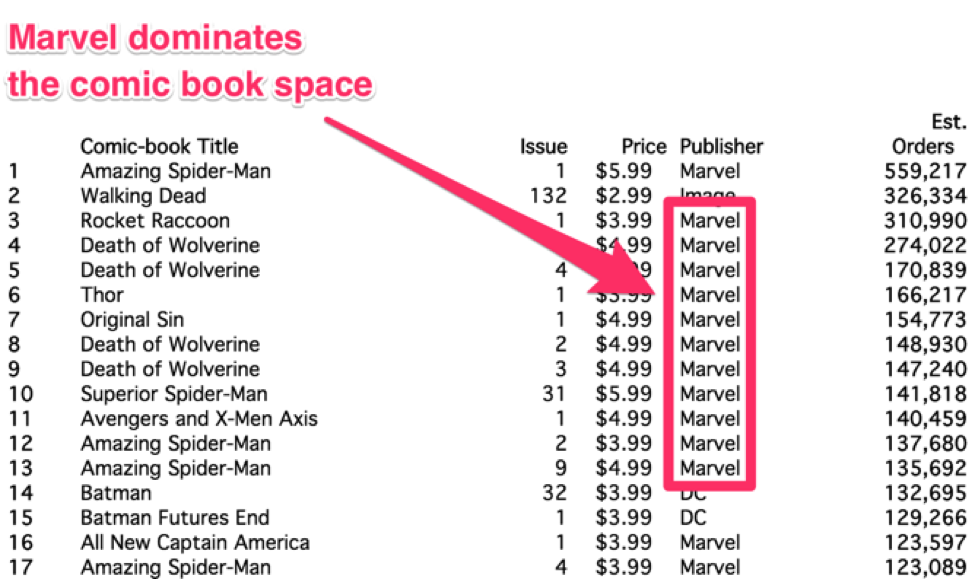
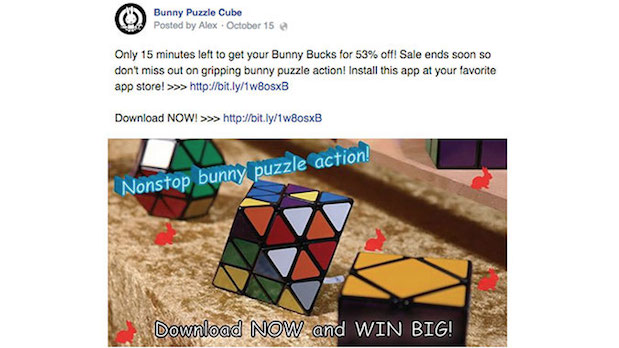
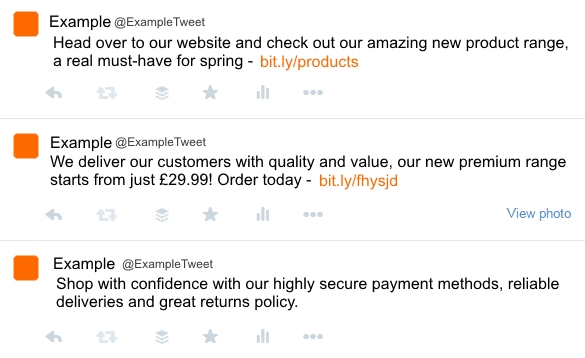
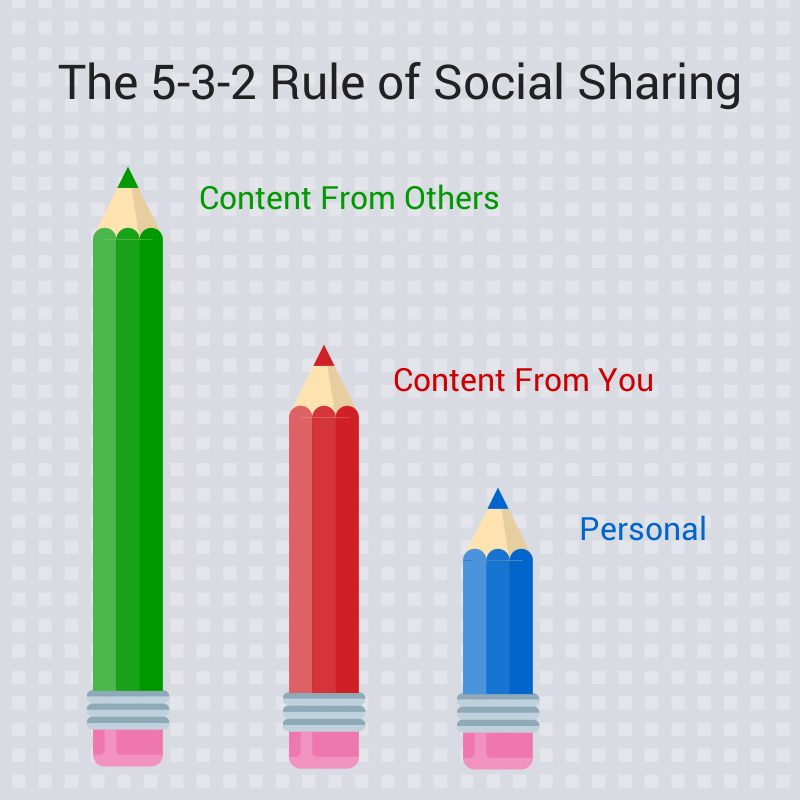
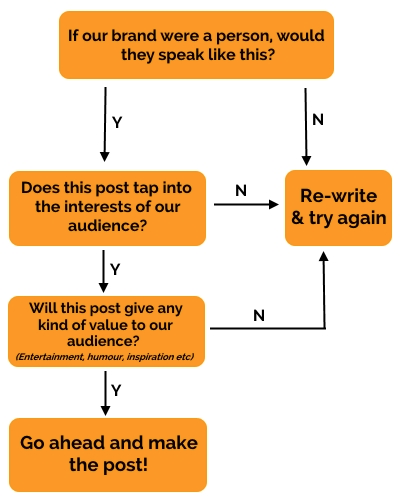
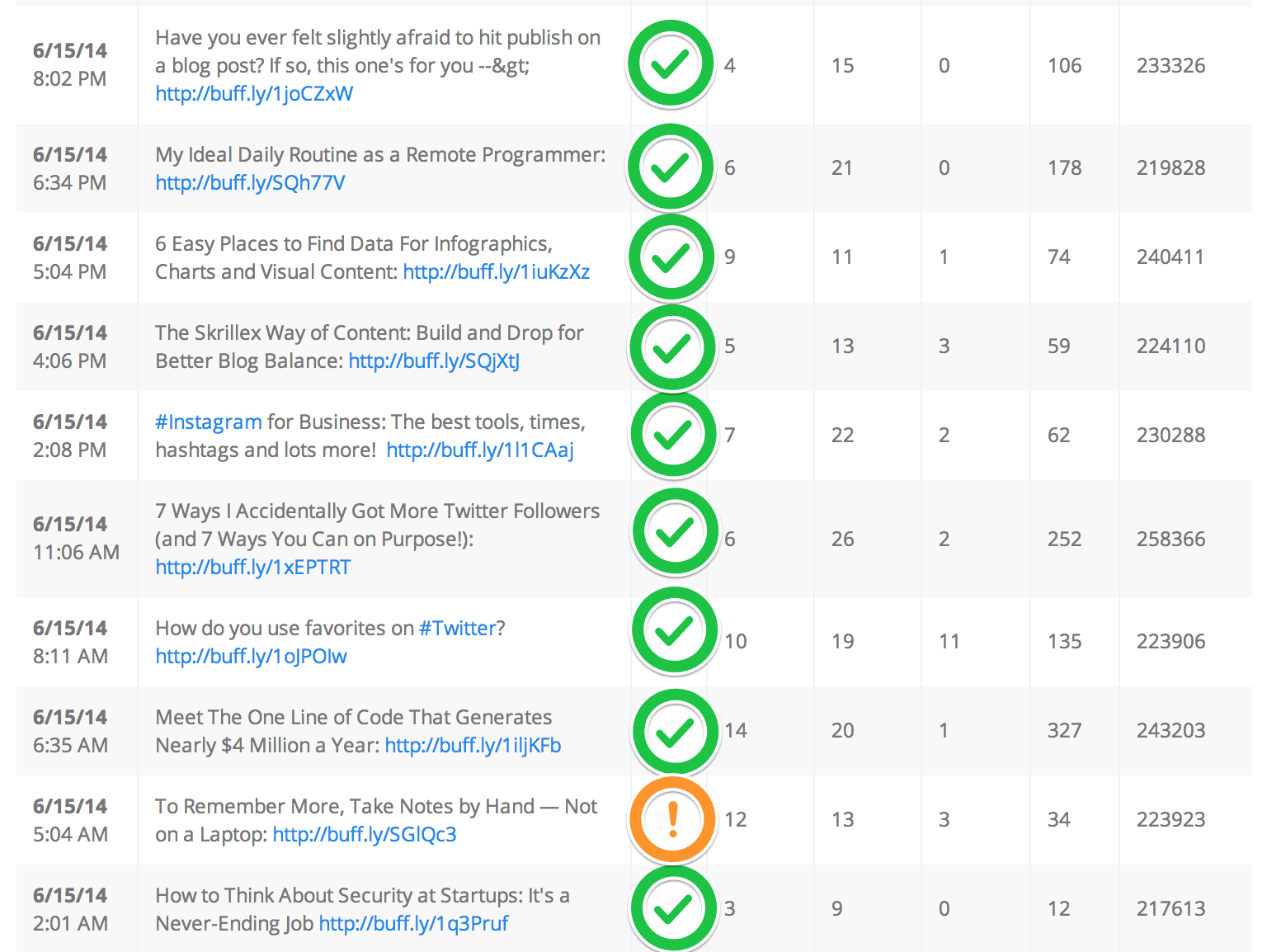

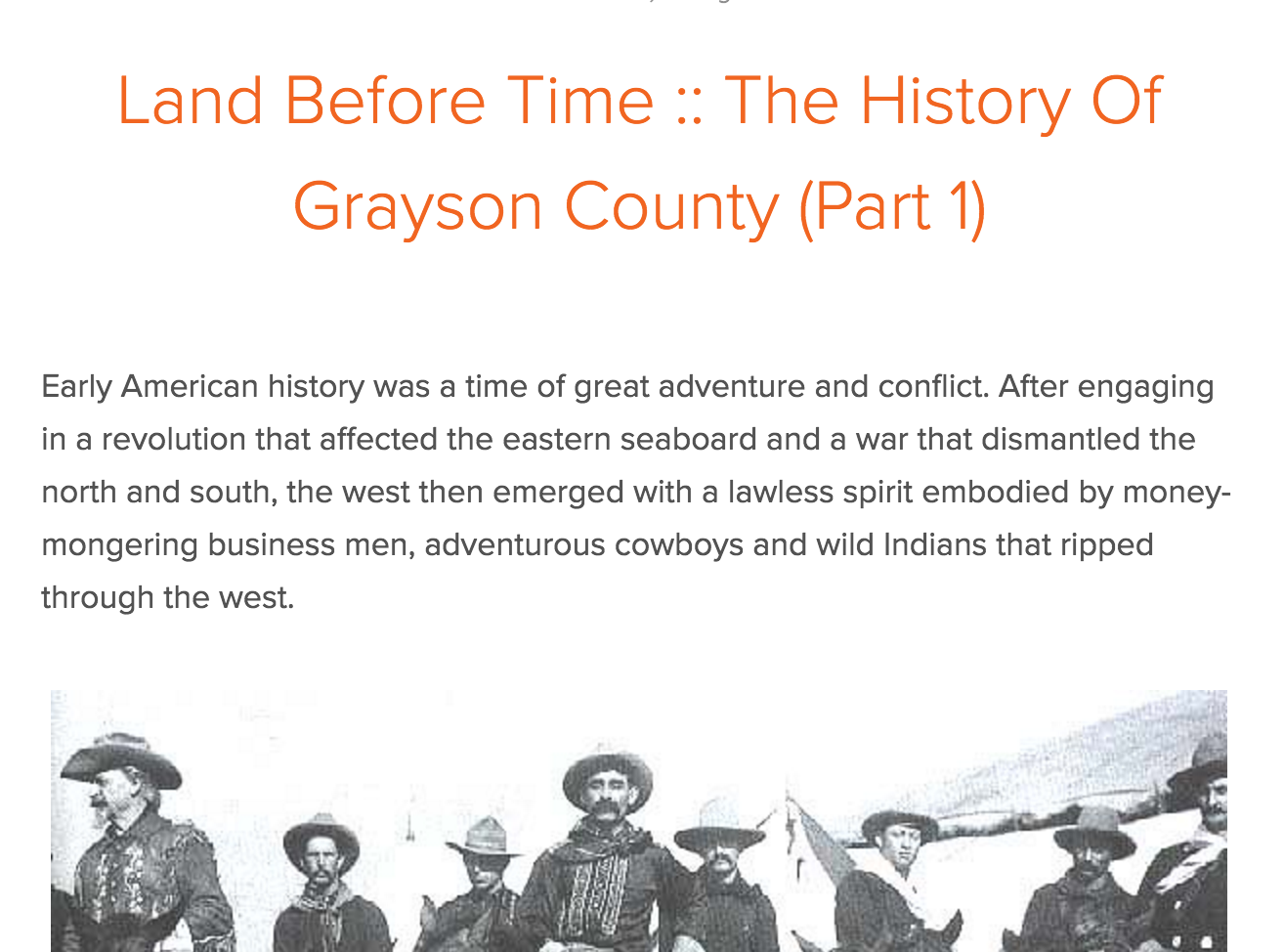

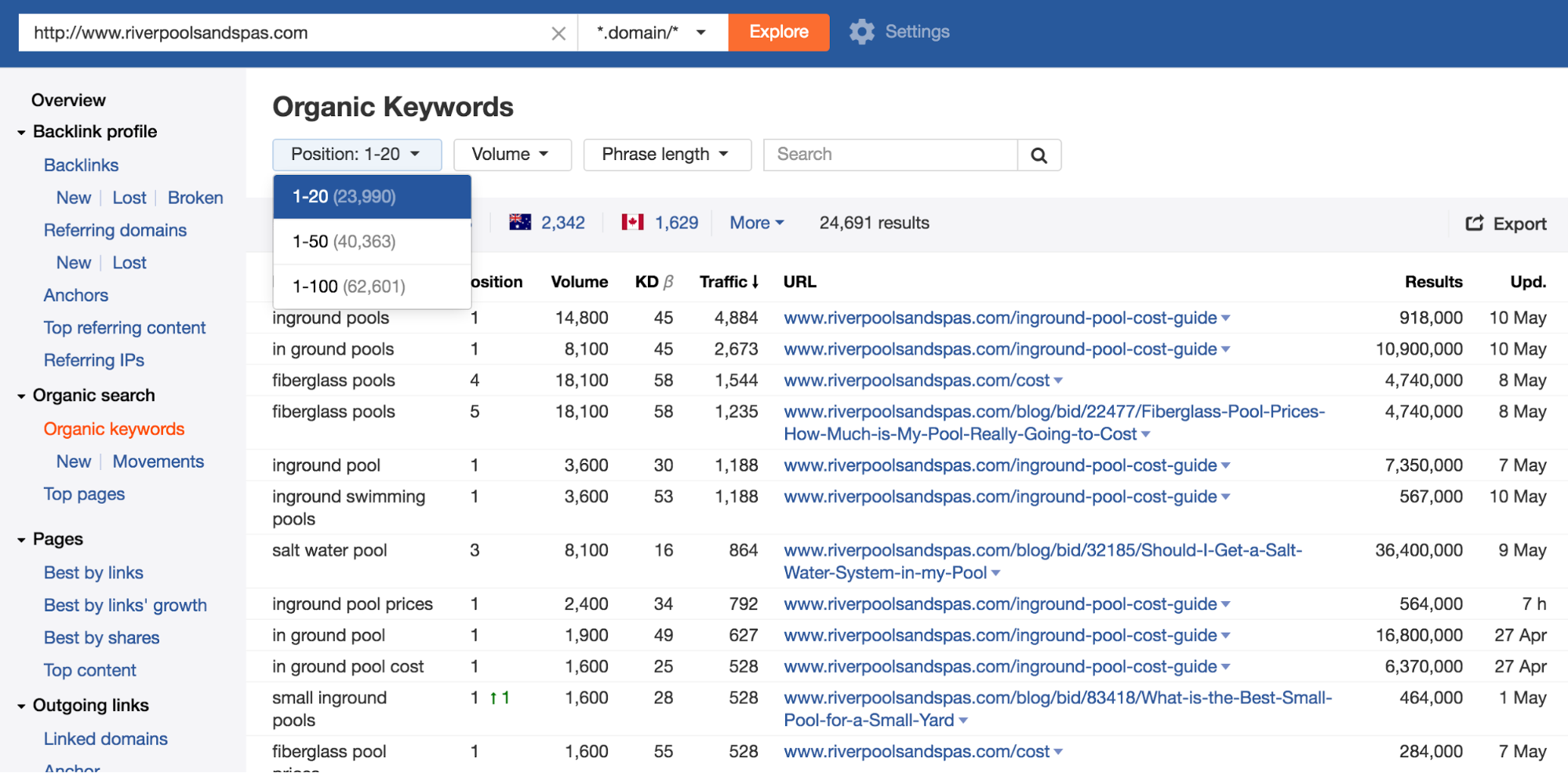
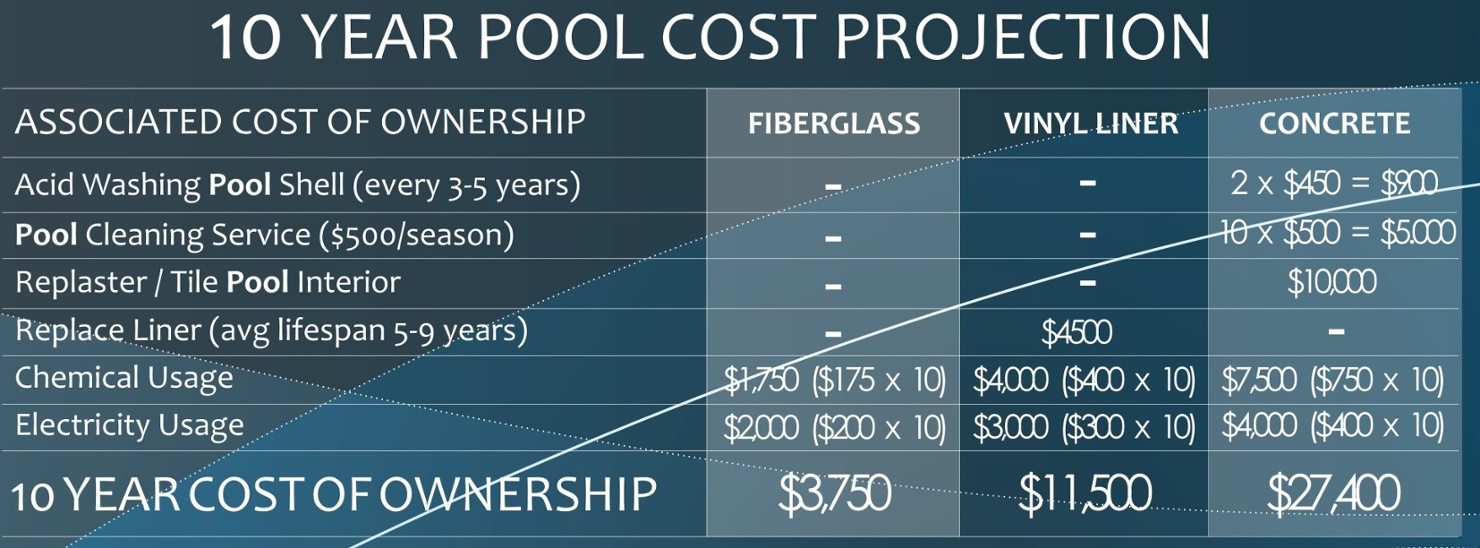
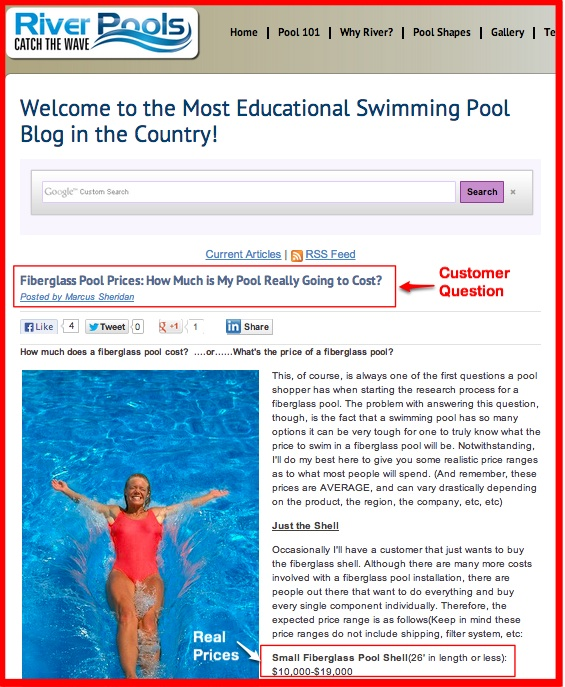

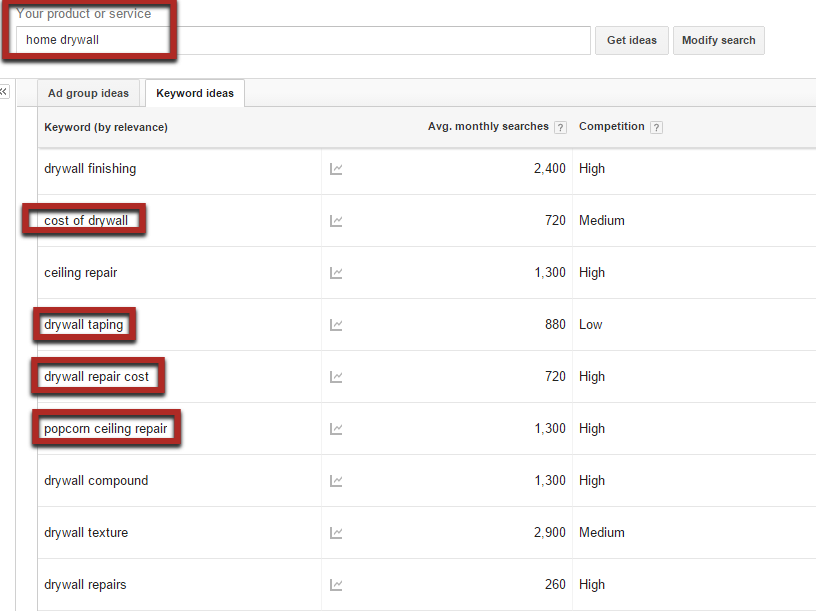
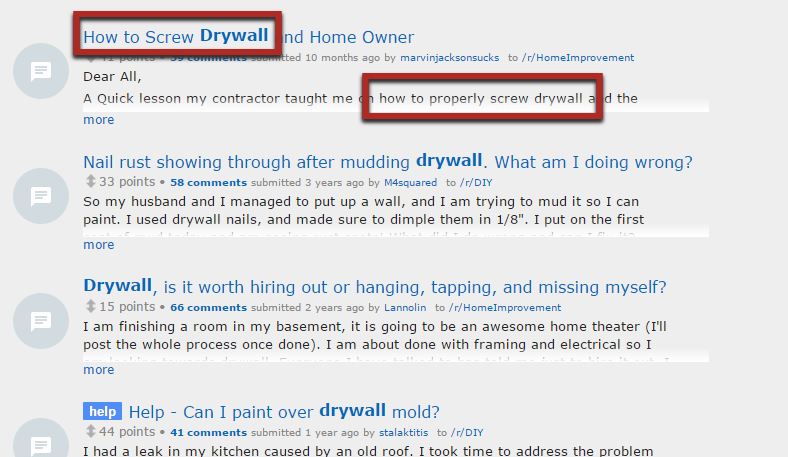

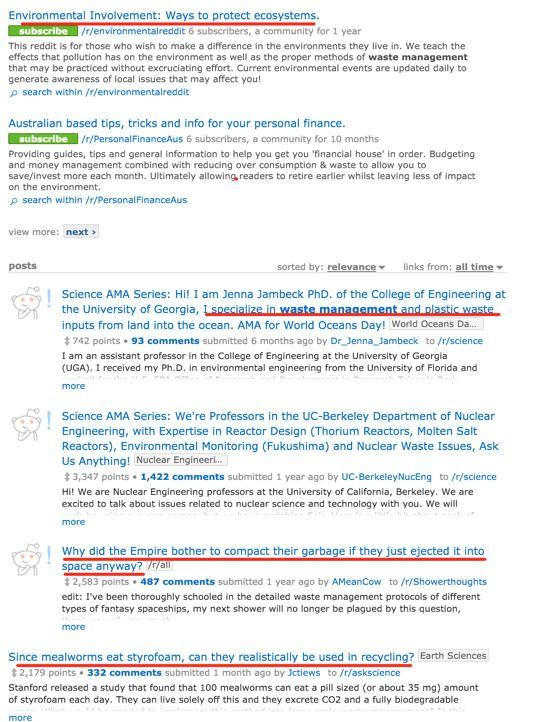
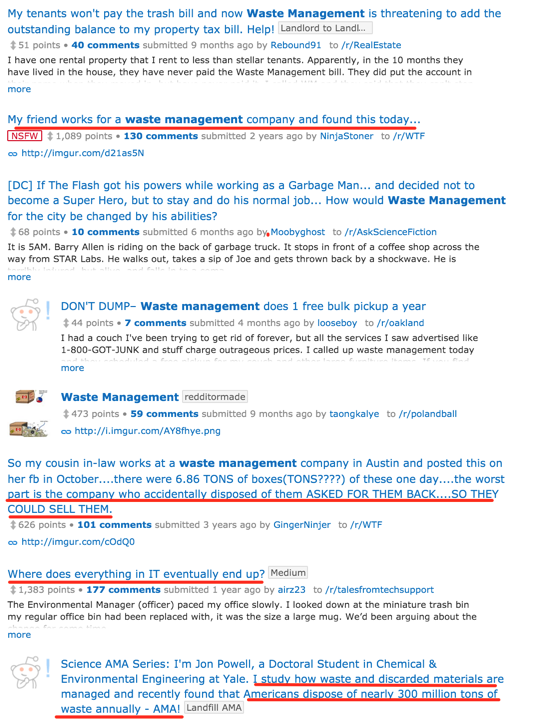
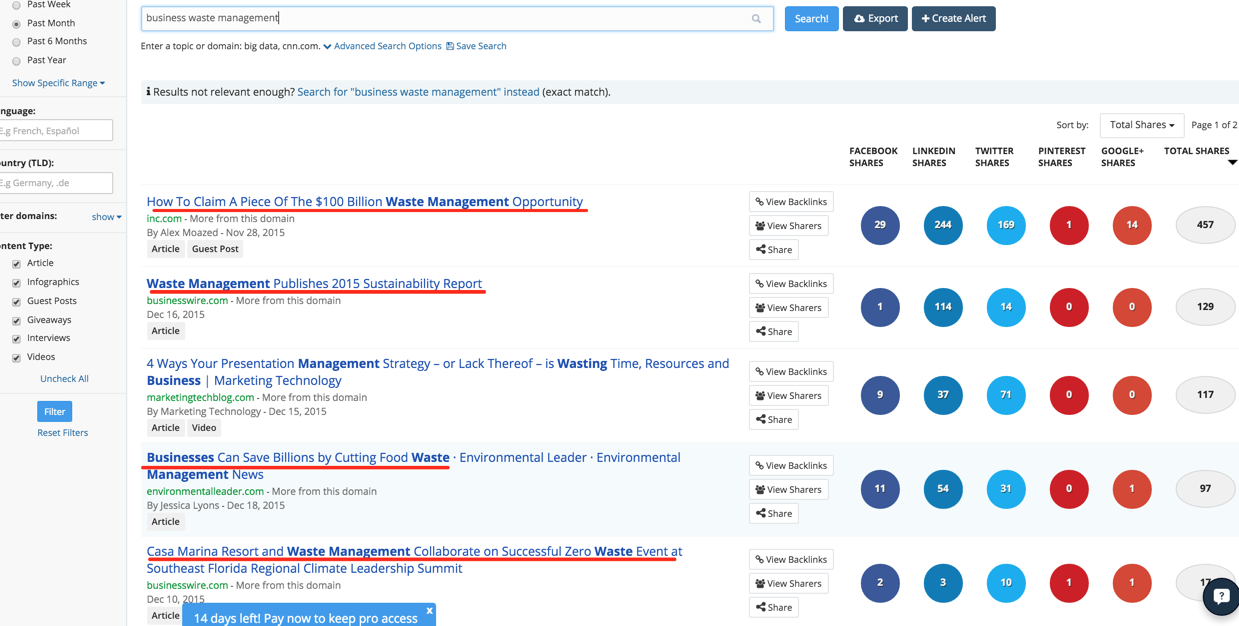

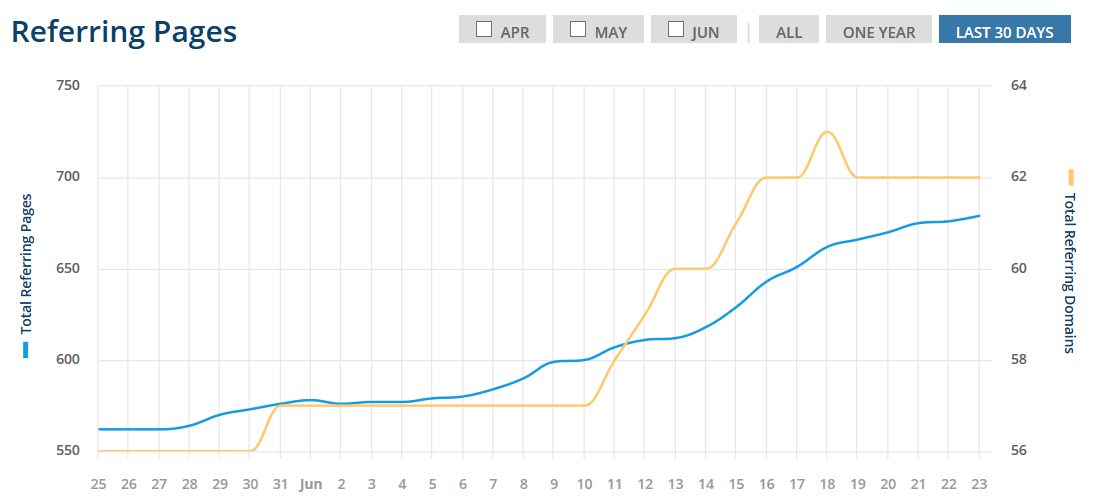
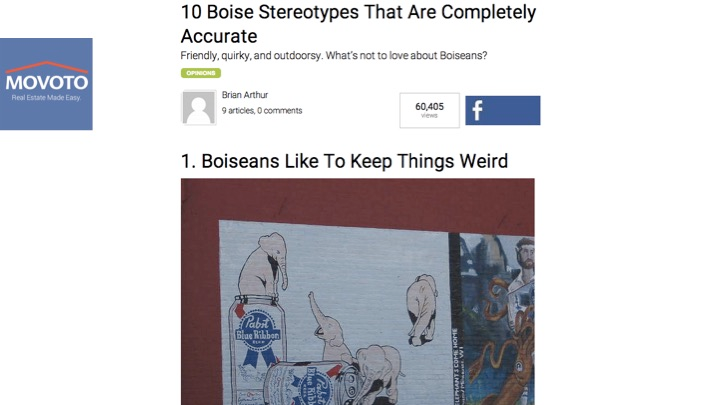
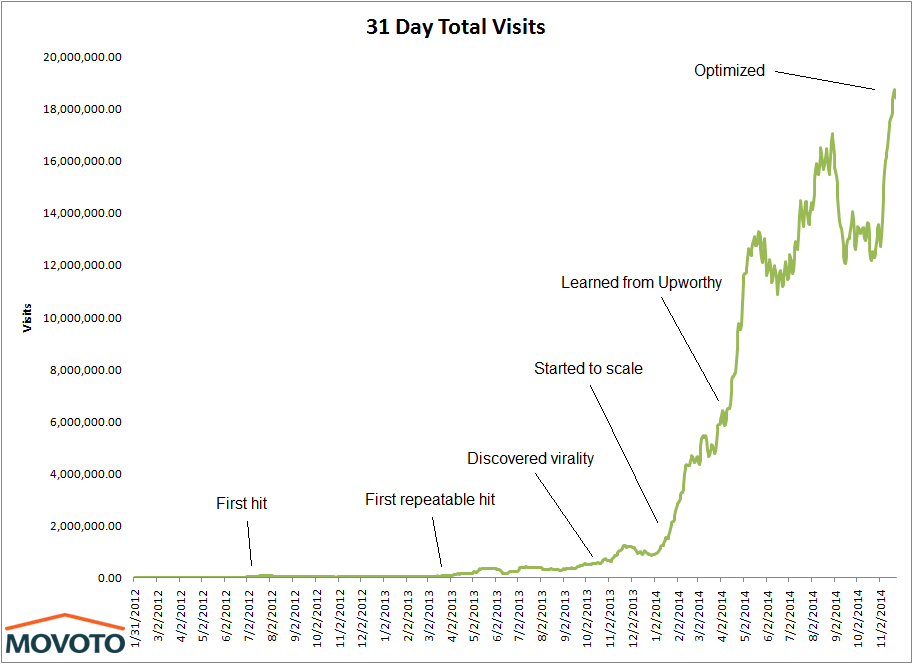
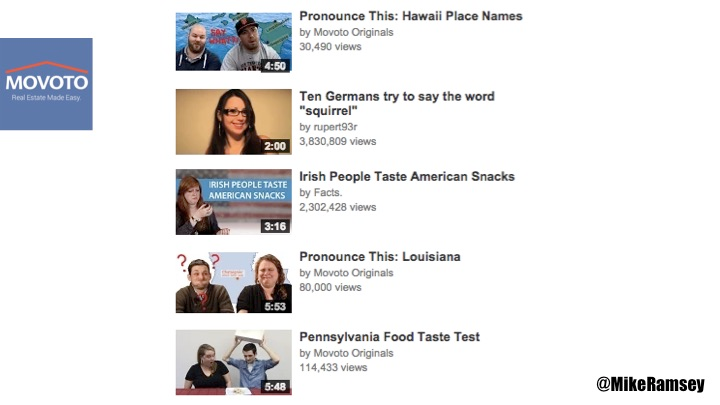
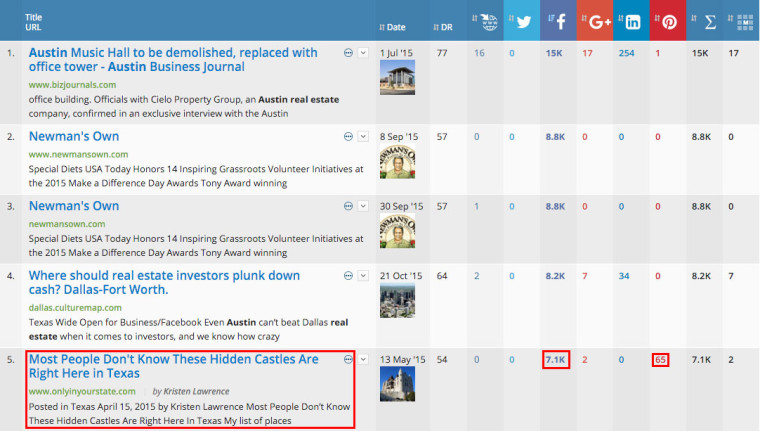



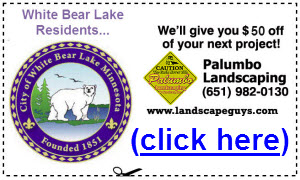
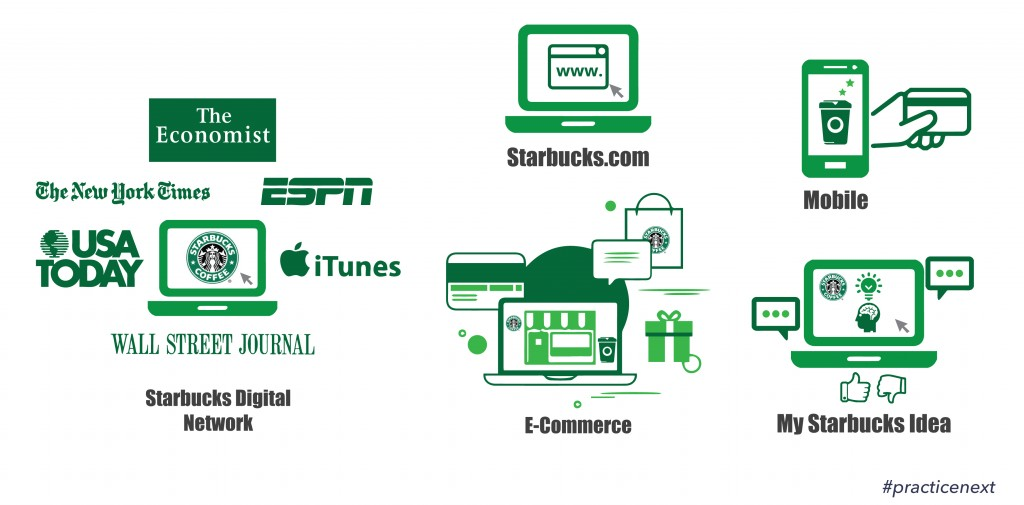

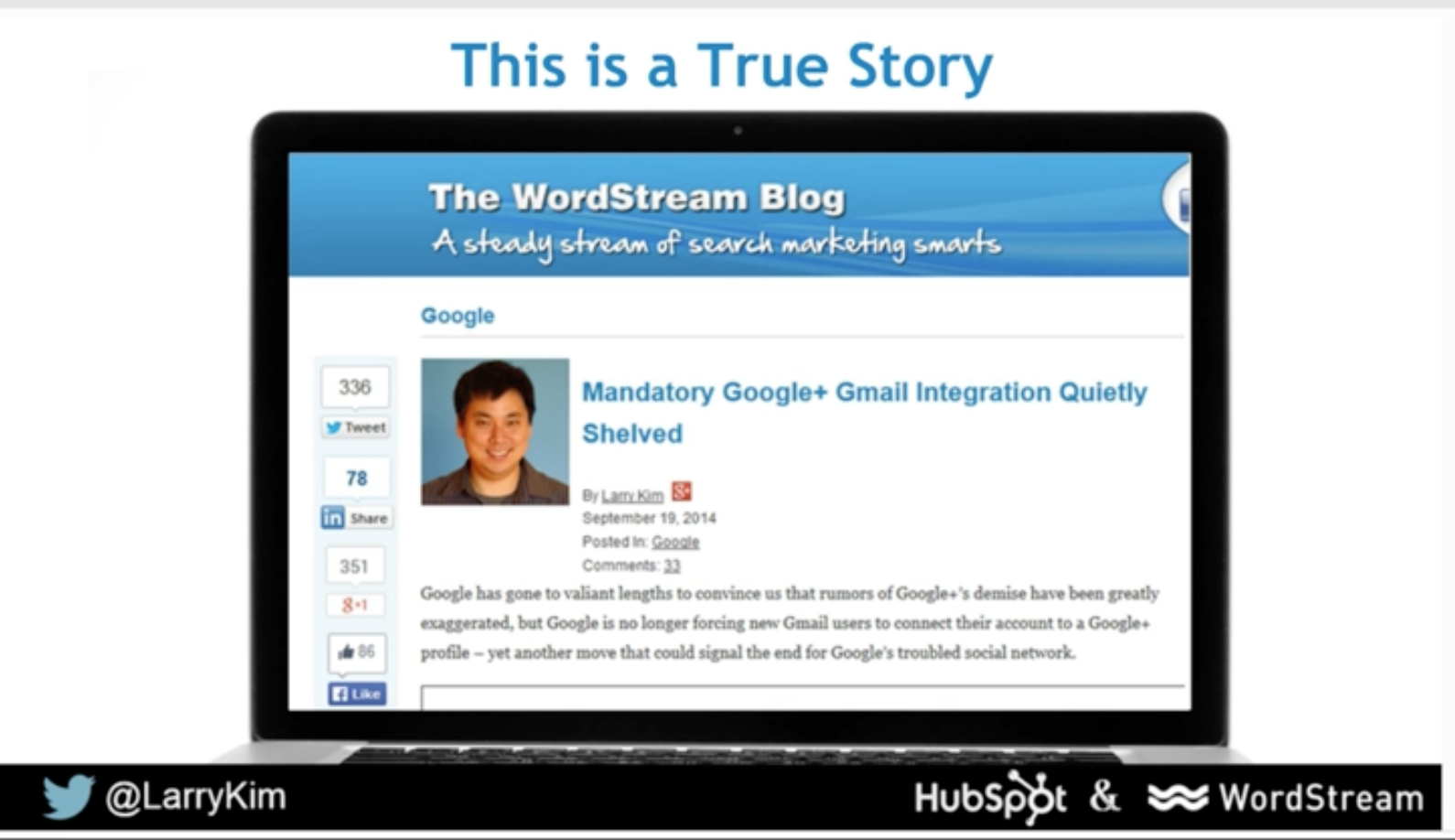

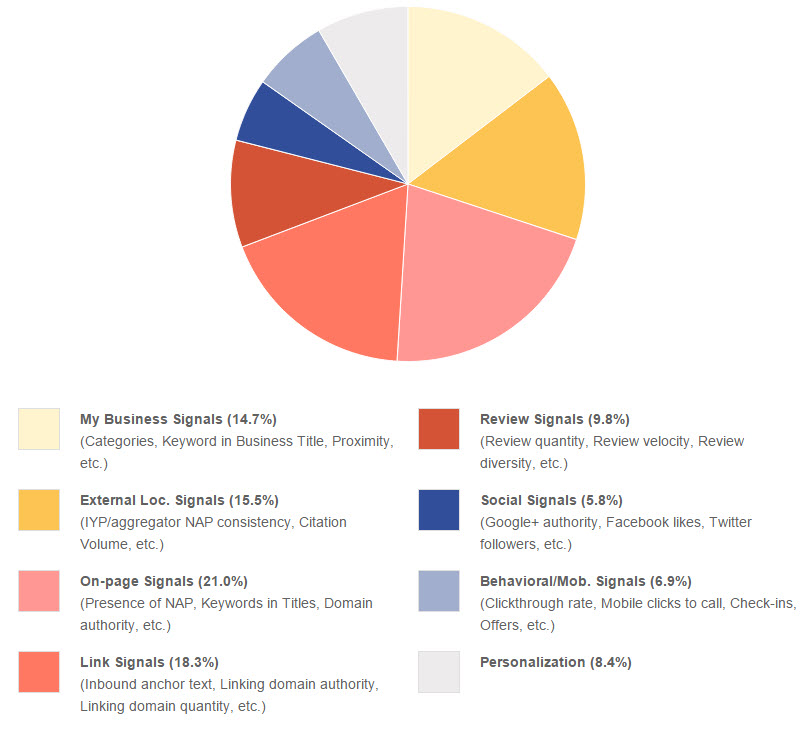

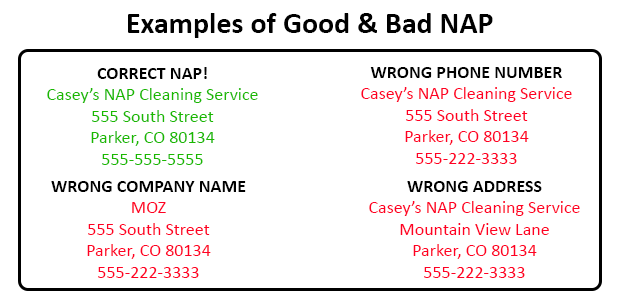
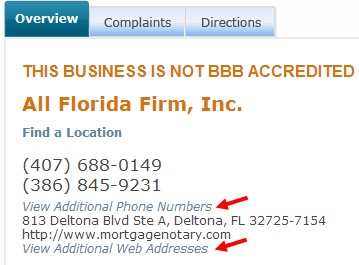
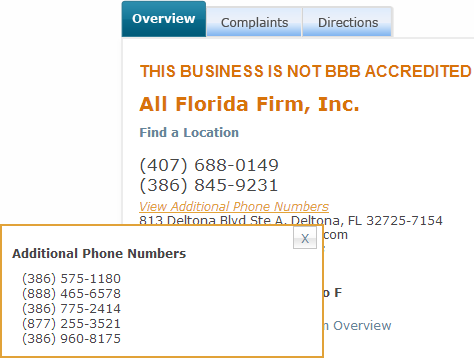
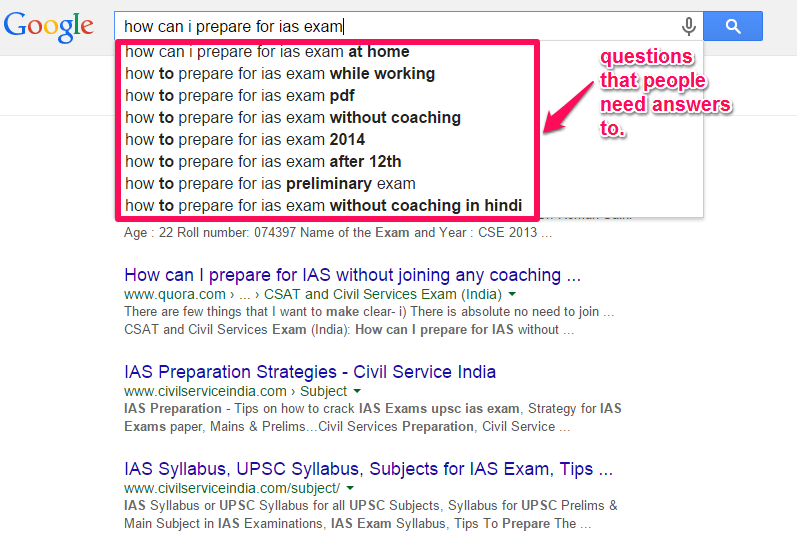
Comments (19)